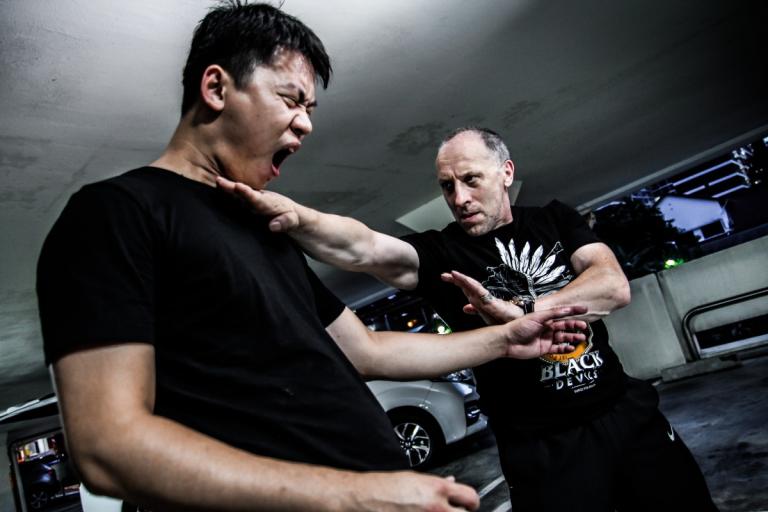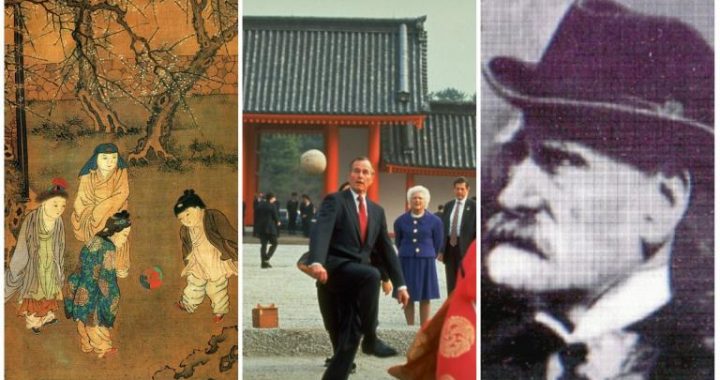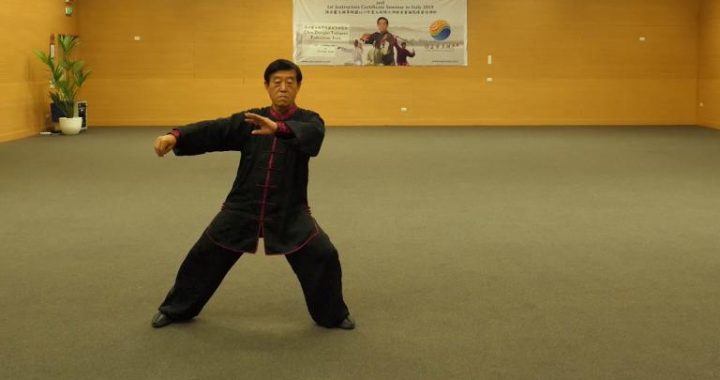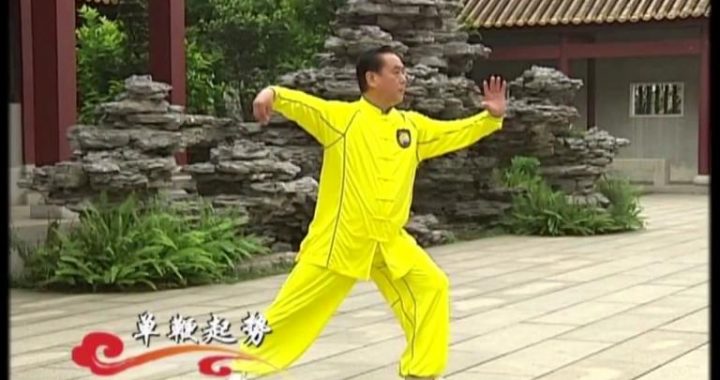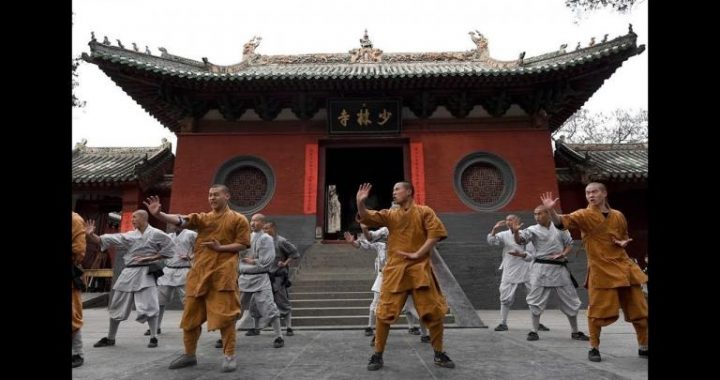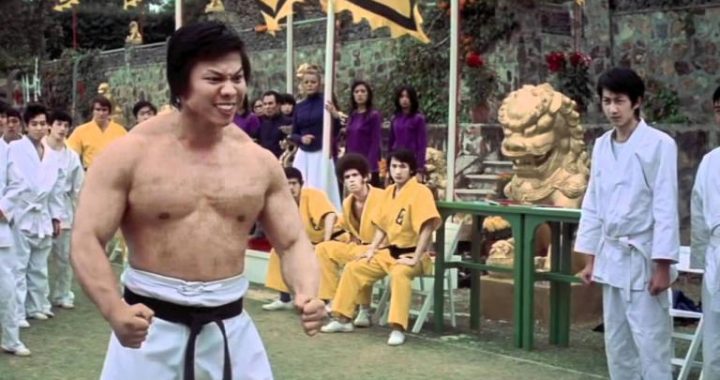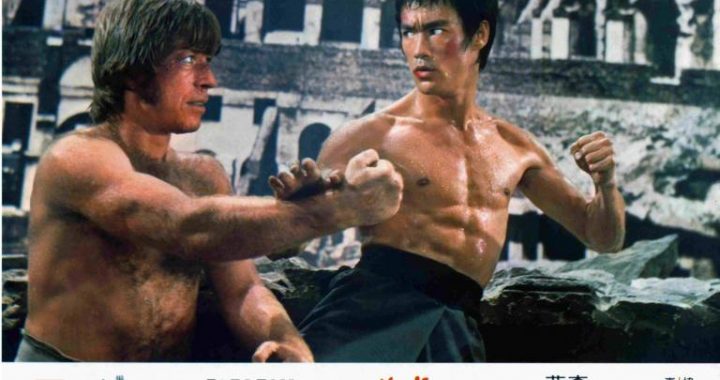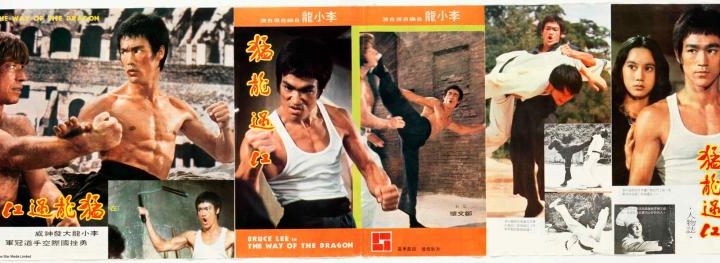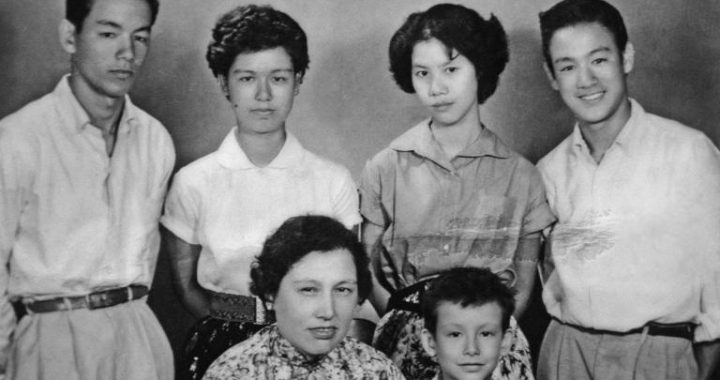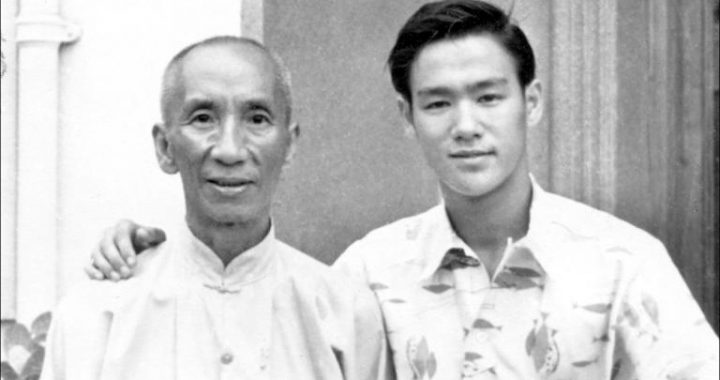Jeet Kune Do of Bruce Lee
4 min readWhen they were working together at the Statler Hilton, Bruce Lee and Dan Inosanto had talked about swordsmanship. Bruce said that the most efficient way of countering in fencing is the ‘stop-hit’, where you parry and counter in one move so that when the opponent attacks, you intercept the move with a thrust of your own. The idea is to score a hit in the middle of your attacker’s action, making it the most economical of all counters. Bruce then said, ‘We should call our method the stop-hitting fist style, or the intercepting fist style.’ ‘What would that be in Chinese?’ asked Inosanto. ‘That would be jeet kune do,’ said Bruce. Bruce Lee came to regret coining the phrase ‘jeet kune do’. When he proposed it, he had no intention of creating a new martial arts style. ‘It’s just a name, don’t fuss over it,’ he would often say later. ‘There’s no such thing as a style if you understand the roots of combat.’ He would describe how a student learning a martial art passes through three stages.
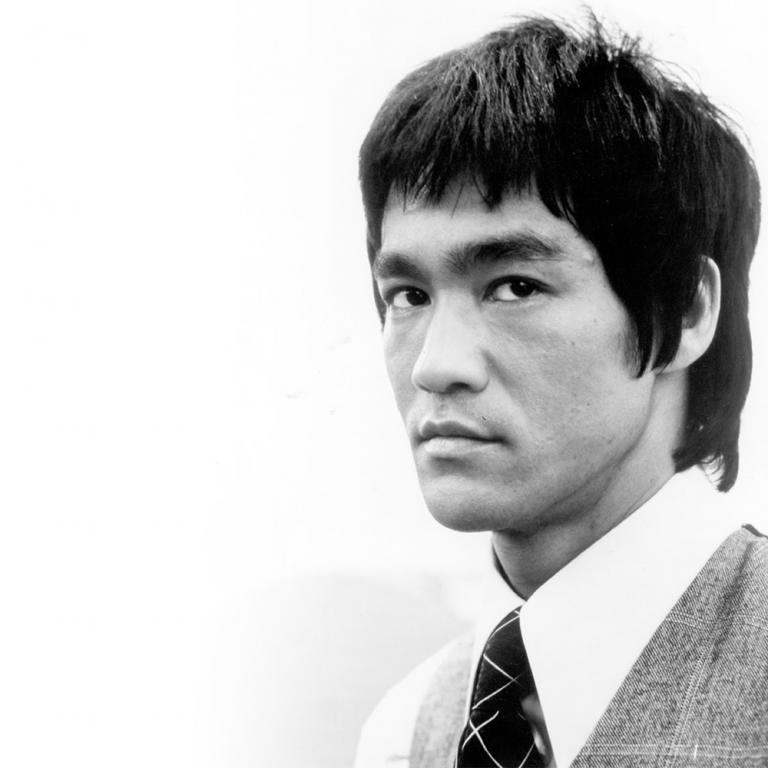
In the first stage, he or she understands very little about the art of combat. In a fight, all of their blocks or strikes would be uncontrolled and inaccurate. Like the person who is attacked by surprise in a dark street, the untrained angry or fearful reaction is to withdraw defensively or lash out wildly, to freeze or flail, rather than to fight efficiently. In the second phase, the student finds that he or she must move and breathe in a completely new way, which means thoughts and feelings will also change. In fighting or sparring, there will be moments of ‘psychic stoppage’, where he freezes for a moment to analyse what’s happening and calculate aresponse. For the time being, the student loses the ability to fight without thinking. This phase involves a long period of training in which the student learns various techniques of striking, kicking and blocking. Here a long period of repetition to open up the neurological circuits and commit the moves to ‘muscle memory’ is essential – remember, ‘kung fu’ means ‘time spent’ or ‘effort put in’. As Bruce Lee put it, ‘I have no fear of a man who practises ten thousand kicks once, but I do fear a man who has practised one kick ten thousand times.’ The final stage, when the right moves happen automatically, involves the combination of factors that Bruce Lee was aiming to instil in his students: the physical, emotional and mental coordination that allows the spontaneous and spirited flow of appropriate action in combat. Bruce once showed Dan Inosanto what he meant by flinging an object at him without warning. As Dan caught it, Bruce pointed out that Dan had simply acted directly and naturally, without adopting any special stance or needing to wear a special uniform. At this level, technique and strategy mean simply fitting into the opponent’s movements and intentions, neither opposing an attacking force head-on with too much resistance or over aggression, nor giving way completely. Pliable as a spring, the fighter becomes the complement of the opponent’s energy. Sensing and understanding the interplay of energy involved, the fighter no longer feels himself as separate from either his opponent or the fight. He no longer opposes or struggles but simply completes his own half of a single whole. The fighter and the fight take on an ego-less impartial quality in which the conflict resolves itself naturally. This is a level of ability that can never be reached by learning more and more techniques, but only by moving to an entirely new level of sensory perception. At this level of ability, the martial artist is beyond mastering techniques: everything just flows, simply and directly, according to the training that has been embodied. As Bruce put it: ‘It hits.’ Dan Inosanto likened the process of learning a martial art to learning to read. ‘Eventually you learn to read groups of words.
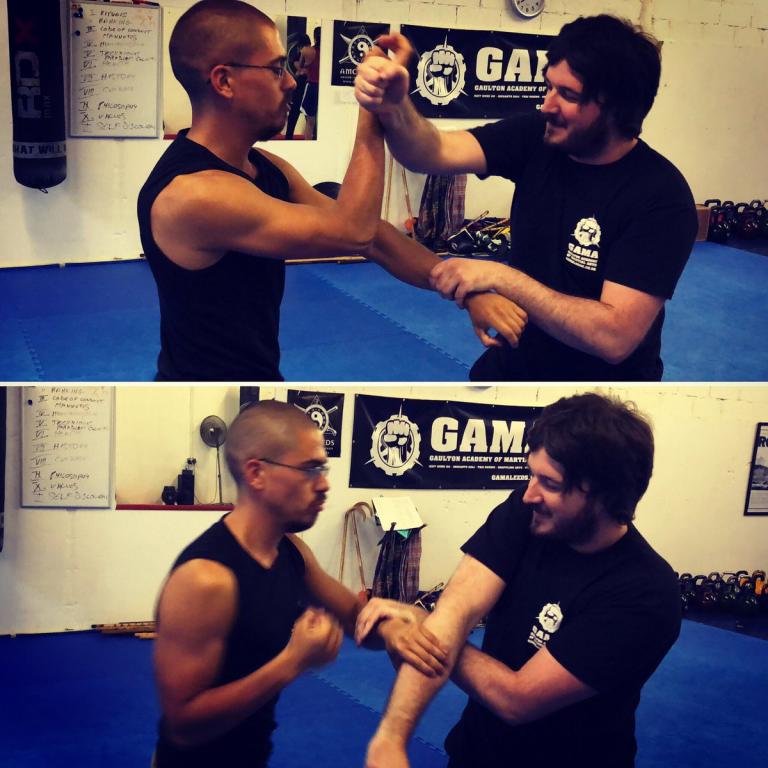
Where a student will see three motions, the experienced man will see one, because he sees the overall energy path.’ In a letter to Dan Inosanto, Bruce wrote, ‘Use your common sense to see what is the real thing and what are merely lessons in routine dancing. Gung fu is simply the direct expression of one’s feelings with the minimum linesand energy.’ To summarize: the objective of martial art training is to replace wrong or inappropriate reflexes with more useful ones. At first the student will fight any old way. Then he or she practises for a long time, repeatedly and conscientiously, to discover a new way. Eventually this new way becomes instinctive. Bruce Lee firmly rejected the idea that this learning process is one of accumulation. Mastery is approached, he said, not through acquiring more and more knowledge, but through stripping away the non-essentials. A stone sculptor, rather than building in clay, chisels away everything he doesn’t need to reveal the underlying form hidden inside the material. Continuing this analogy, Bruce often referred to his kicks and punches as tools. Bruce Lee found it both difficult and frustrating to try and teach people right from the beginning. Jeet kune do was a conceptual approach, and as such it was of no use to people at the first stage of a martial art, only to those experienced martial artists who had reached the third stage and who were willing to search further.
